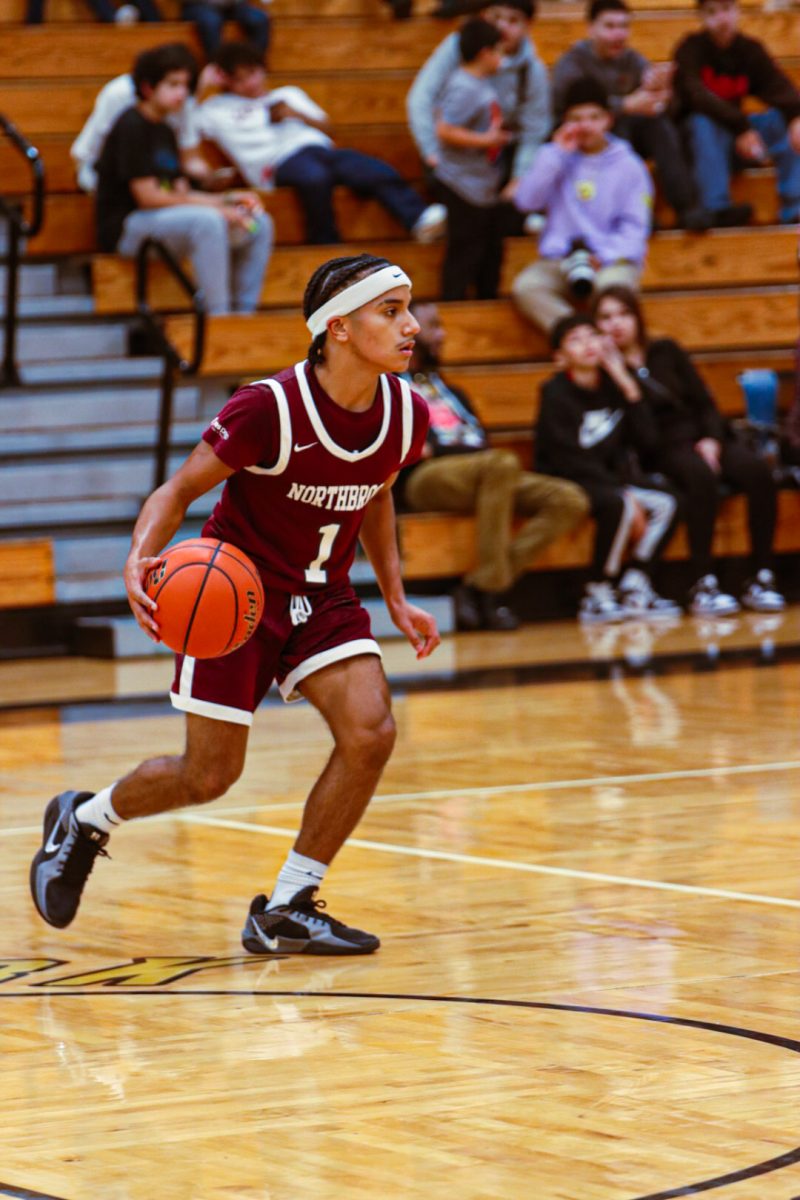Only 1.3% of head athletic trainers in men’s professional sports are women. Gender role bias, gender discrimination, and lack of mentorship in leadership all act as barriers to gender parity in this industry.
As an aspiring Athletic Trainer, I find it disappointing that I don’t see female Athletic Trainers working within major sports assisting athletes with injuries. I have worked with athletes as a student trainer at school, so this concerns me because it doesn’t feel like I’m represented by the community I want to be a part of.
While there has been a notable increase in women in the sports medicine field, there is still progress to be made. The American Medical Society for Sports Medicine (AMSSM) reports that only 29% of its members are women, indicating the need for further efforts to reflect the growing diversity of women athletes.
Most leadership roles in sports medicine are considered to be taken up by men in the work field, and they have dominated that profession for the most part. “Much of the gender disparity in these leadership roles can be attributed to the lack of female representation in the field.” this displays that it’s increasingly difficult for women in the Sports Medicine field to achieve these higher paying positions as men mainly dominate them. This is primarily because Athletic Trainers work irregular work hours and travel to various places, leading to a more challenging balance between work and family obligations. It becomes increasingly more complicated for women to reach these leadership positions because, later in life, these women want to consider having children and cannot find the balance between the rigorous hours and lack of time at home.
These challenges that women face in the Sports Medicine field are not only a concern for the present but also for the future. The younger generations, filled with aspiring young women, hold the potential to bring about significant change in the field.


















